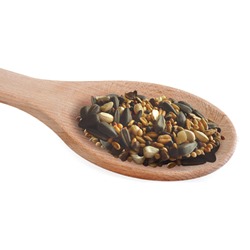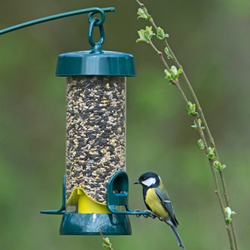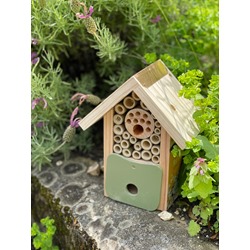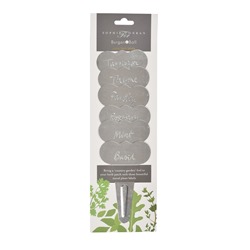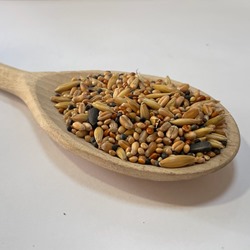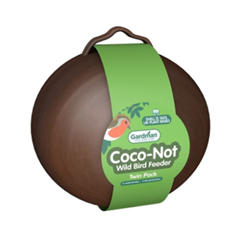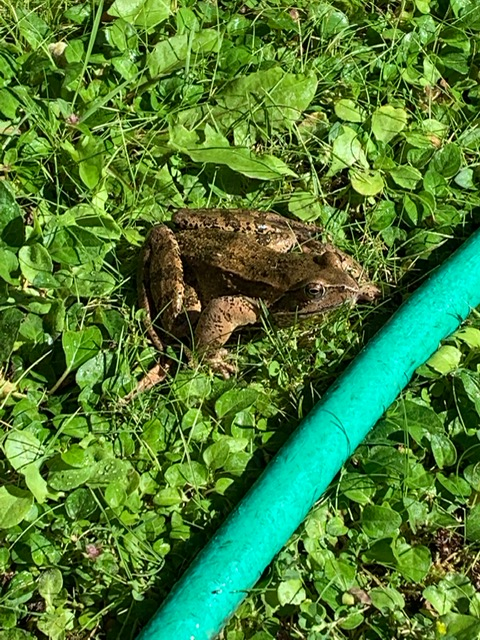
Frogs are essential components of ecosystems, providing ecological services and serving as indicators of environmental health. Protecting their habitats and conserving their populations is crucial for maintaining biodiversity and a balanced ecosystem.
A great way to help frogs and toads is by offering them a home in your garden. In this blog we will go through 5 top tips on how to attract frogs into your garden, and some fun facts about frogs for good measure! Above is a photo from one of our customers who has welcomed frogs into her garden!
How to attract frogs and toads to your garden
-
Provide a water source
This could be a pond or a shallow water feature. Frogs and toads rely on ponds to travel safely from one habitat to the next. Building a pond or shallow water feature in your garden is a sure-fire way to attract frogs to your garden.
The size of the pond isn’t super important, either. Obviously, the bigger the pond the more space for lots of lovely frogs and toads but if you’re not working with much room, a mini pond fashioned out of an old plastic container is better than nothing and your neighbourhood frogs will surely be grateful.
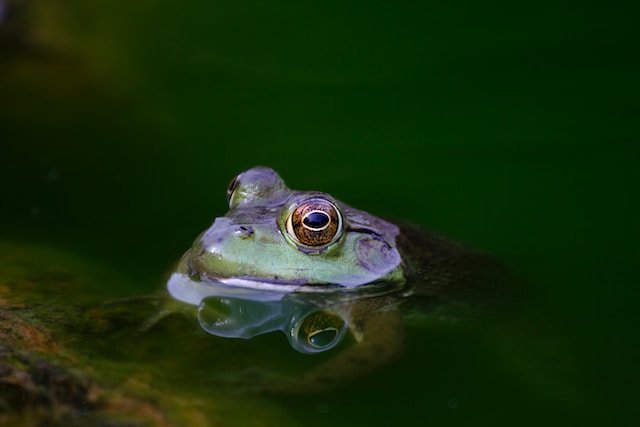
-
Create hiding spots
This could be rocks, logs, piles of leaves – you name it! Frogs are more likely to like your garden if there are plenty of good opportunities to hide from predators. As long as its damp and cool, frogs will want to hide there.
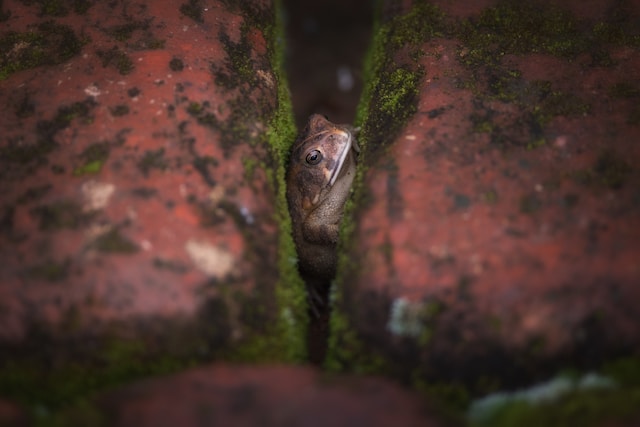
-
Provide a shelter
Take it one step further and purchase a frog and toad home for your garden. We have 3 shelters designed especially for frogs and toads. These are particularly good if you can’t add a pond to your garden but you live near water. Frogs can use the shelter to take a break and hide on their travels.
These frog homes and toad homes are created specifically with the changing seasons in mind, providing frogs and other amphibians with shelter from the cold in winter, and a cool retreat during summer.
Shop Frog & Toad Homes >>
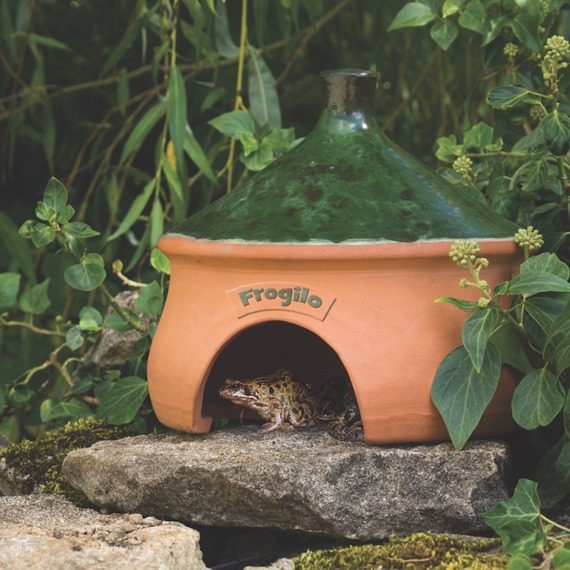
-
Plant native vegetation
Attract frogs to your garden with flowers and other plants! Certain plants and flowers can be great hiding places for frogs and can attract insects like slugs and snails for frogs to eat! Below is a list of some of the plants that frogs love!
- Hostas
- Ferns
- Wildflowers
- Horsetail
- Water Lily
- Morene
- Marsh Iris
- Hippuris aquaticum
- Roped pontederia
- Equisetum hyemale
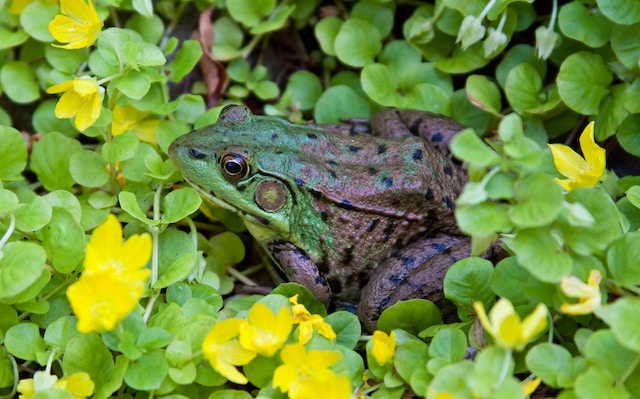
-
Avoid using pesticides
This could be harmful to frogs and their food sources. Frogs are very sensitive to toxic substances like pesticides. You can either opt for natural pest control methods or wait for frogs to get comfortable in your garden, as they will likely eat most pests anyway - making them the most natural form of pest control!
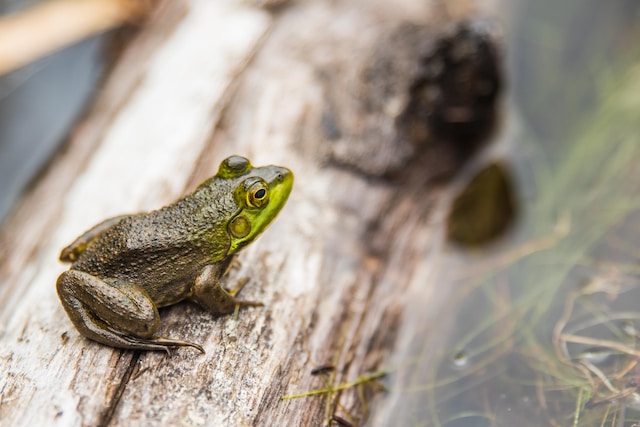
How to attract frogs to your garden: FAQs
Why should you attract frogs to your garden?
By attracting frogs to your garden, you are providing them with a safe place to live. Frog numbers are actually in decline due to loss of breeding habitat as ponds are often filled for houses. By building a pond in your garden you can help ring those numbers up. Another is that they are excellent pest-eaters. Did you know frogs love to eat snails and slugs?
What do frogs eat?
Frogs like to eat snails, slugs, moths, flies and most insects. Planting plants that are native and keeping a compost heap will help attract frogs to your garden!
Fun facts about frogs
- Frogs don’t need to drink water as they absorb it through their skin.
- Some frogs can jump over 20 times their own body length; that is like a human jumping 30m.
- The life cycle of a frog consists of three stages: egg, larva, and adult.
- Frogs are cold-blooded.
- More than half of all frog species are currently endangered.
If you would like more information on caring for frogs and toads, add a handy guide to your next order! Check out our field guide to keeping common frogs & tadpoles or our field guide to reptiles & amphibians of Britain and Ireland.
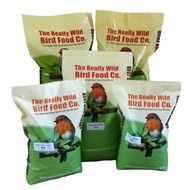 Back
Back Bird Foods
Bird Foods  Seed Mixes
Seed Mixes Straight Seeds
Straight Seeds Mealworms & Worms
Mealworms & Worms Chicken Feed
Chicken Feed Duck Food
Duck Food Peanuts & Peanut Butter
Peanuts & Peanut Butter Suet & Fat Balls
Suet & Fat Balls No Mess Bird Seed
No Mess Bird Seed  Wheat Free Bird Seed
Wheat Free Bird Seed Sunflower Seeds
Sunflower Seeds Softbill Bird Food
Softbill Bird Food Bulk Bird Seed
Bulk Bird Seed Trial Packs
Trial Packs Pick & Mix
Pick & Mix Mini Pick & Mix
Mini Pick & Mix Birdie Basics: Budget Bird Food
Birdie Basics: Budget Bird Food Food for Small Birds
Food for Small Birds Back
Back Bird Feeders
Bird Feeders  Seed Feeders
Seed Feeders Peanut Feeders
Peanut Feeders Peanut Butter Feeders
Peanut Butter Feeders Suet & Fat Feeders
Suet & Fat Feeders Window Feeders
Window Feeders Hanging Feeders
Hanging Feeders Feeding Stations
Feeding Stations Ground Feeders
Ground Feeders Easy Clean Feeders
Easy Clean Feeders Bird Tables
Bird Tables Seed Trays
Seed Trays Bird Baths & Drinkers
Bird Baths & Drinkers Feeder Accessories
Feeder Accessories Feeder Hygiene
Feeder Hygiene Squirrel Proof Bird Feeders
Squirrel Proof Bird Feeders For the Kids
For the Kids Niger Seed Feeders
Niger Seed Feeders Mealworm Feeders
Mealworm Feeders Bird Food Storage
Bird Food Storage Fat Ball Feeders
Fat Ball Feeders Tube Feeders
Tube Feeders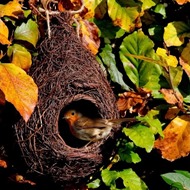

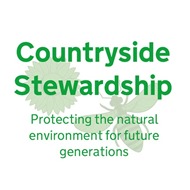

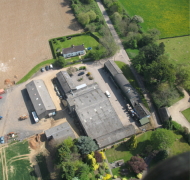 Our Farm
Our Farm  Tips & Advice
Tips & AdviceContact Us

